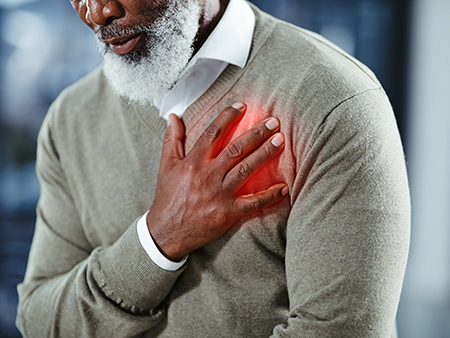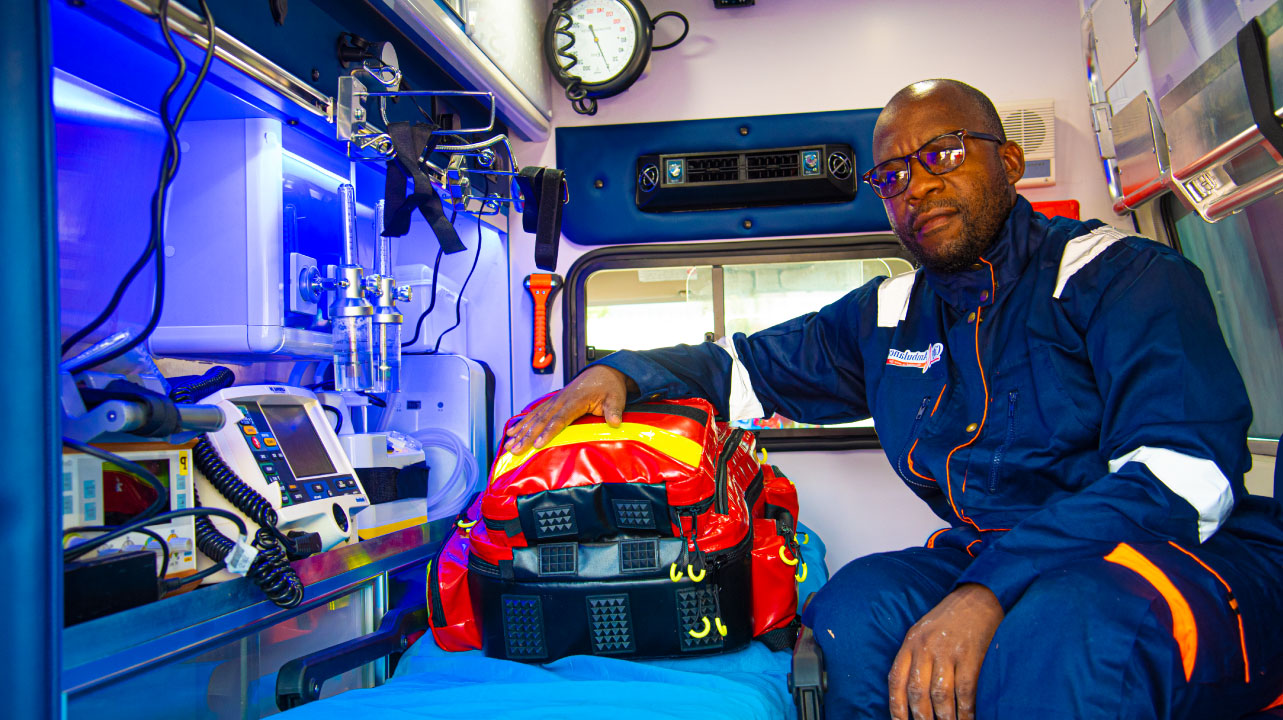
Understanding when to phone an ambulance, take someone to A&E, or to their GP is a critical decision.
Ambulances may struggle to get to you as the A&E departments are gridlocked and ambulances are therefore queuing for hours to deliver patients to A&E. Patients are spending many hours on trolleys in A&E or in the back of ambulances, waiting to be seen.
The City Ambulance is receiving around 18 emergency calls a day. Waiting times for an ambulance routinely exceed the national target of 8 minutes. Even in a life-threatening emergency. This means that first aid skills are more important than ever and key to a casualty’s survival.
Consequently, we all must do our part to avoid overloading the emergency services by avoiding taking any unnecessary risks. Now more than ever before it’s necessary to gain the knowledge to assess when someone is seriously ill or hurt and when it is something more minor that can be treated at home.
This article should help you evaluate whether it is better to call an ambulance, go to A&E or to your GP.
The following information aims to help you with this extremely difficult and critical decision:
Always call an ambulance if the casualty is an elderly person, baby or very young child and you are seriously concerned. Moreover, note that children can often mask serious symptoms and their condition can then quickly deteriorate.
The decision you make will vary from case to case. Either way we would strongly advise you to immediately administer First Aid and call an ambulance if someone:
- Appears not to be breathing, is having chest pain, struggling to breathe, or breathing in a strange way -appearing to ‘suck in’ below their rib cage and using other muscles to help them to breathe.
- Has a severe injury that is bleeding profusely and you are unable to stop with direct pressure on the wound.
- Is unconscious or unaware of what is going on around them or experiencing weakness, numbness or difficulty speaking.
- Has a seizure for the first time even if they seem to recover from it later. You should phone an ambulance if someone is having a seizure and the fitting lasts longer than 3 minutes.
- Has a severe allergic reaction it is important to administer their adrenaline auto injector (if they have one) and then phone an ambulance immediately.
- For a child or an elderly person: if they are burned and the burn is severe enough that you think it will need dressing – treat the burn under cool running water for a full 20 minutes and call an ambulance. Keep cooling the burn until the paramedics arrive – look out for signs of shock. For a fit adult – cool the burn for a full 20 minutes – longer if it is still extremely painful and then apply a burns dressing or loosely cover with cling film and take them to A&E for medical attention.





